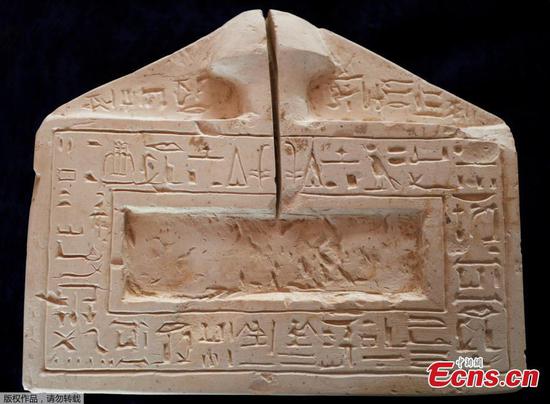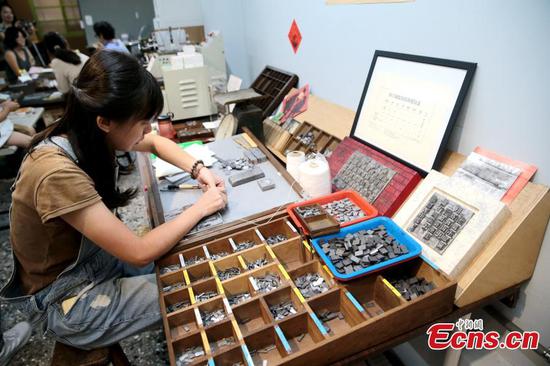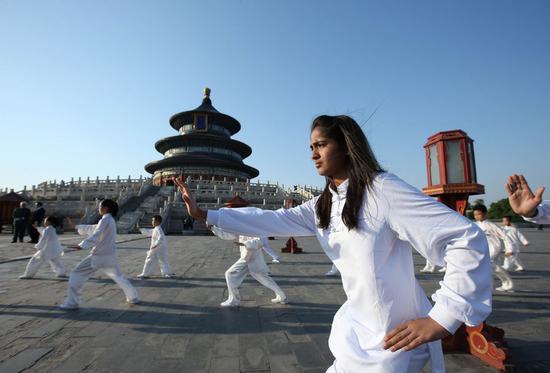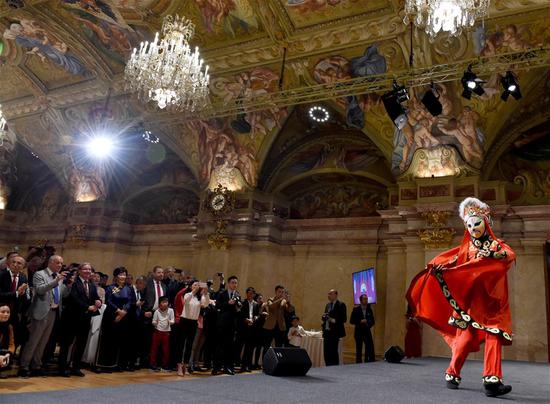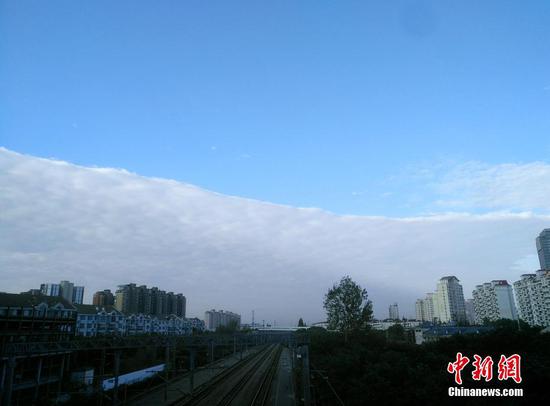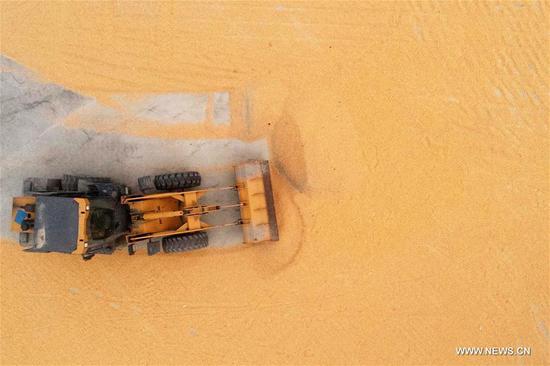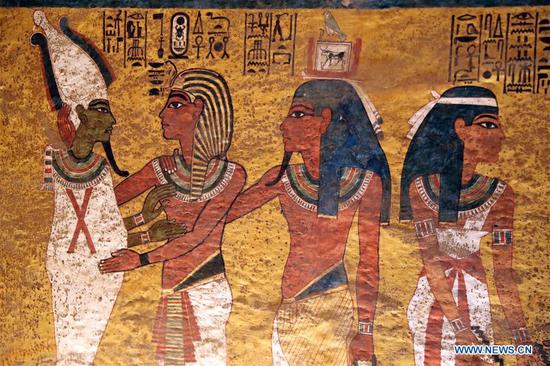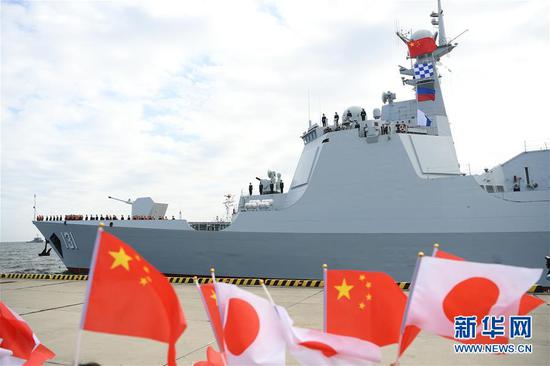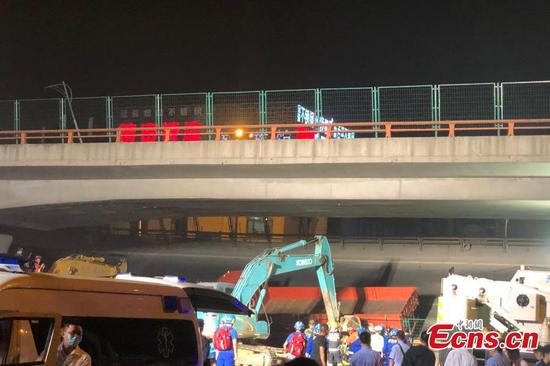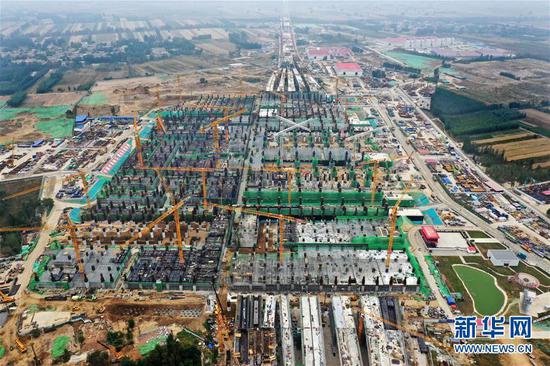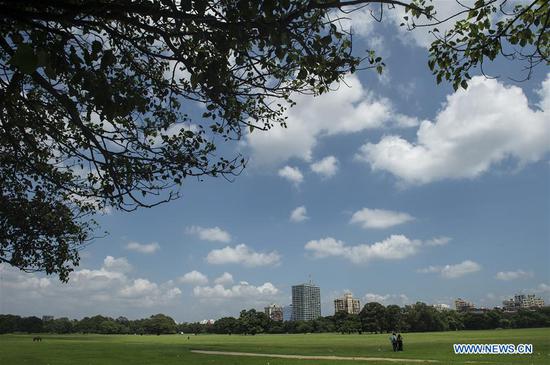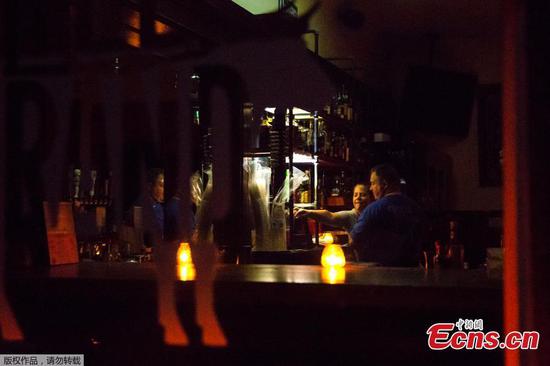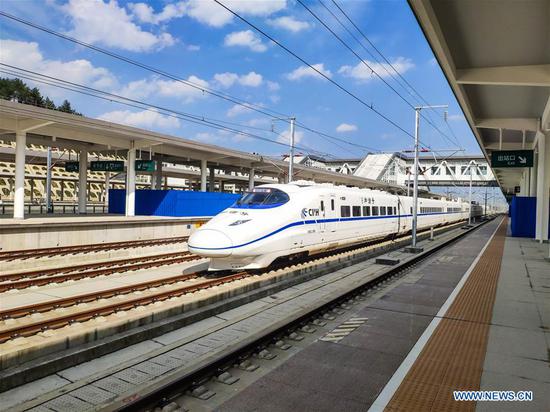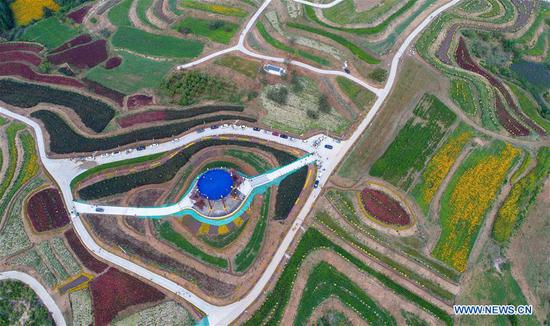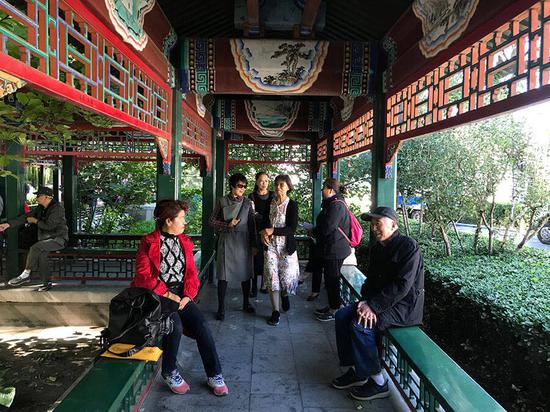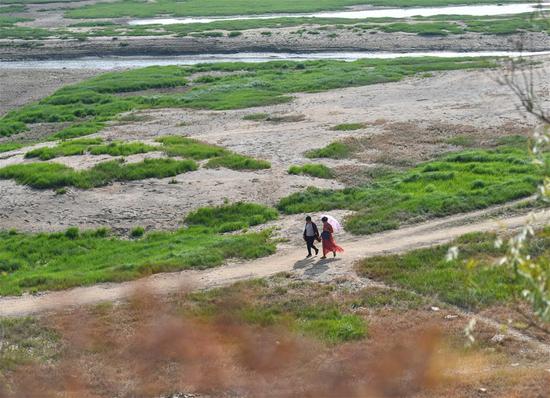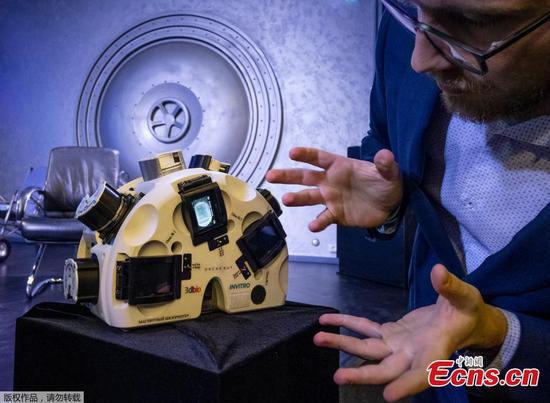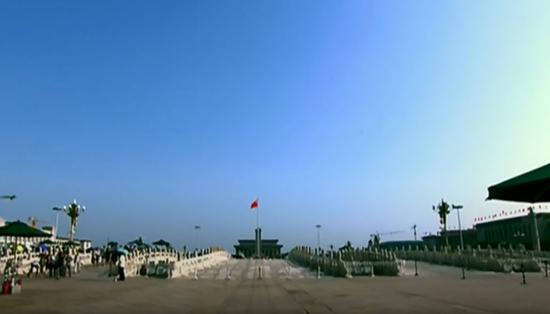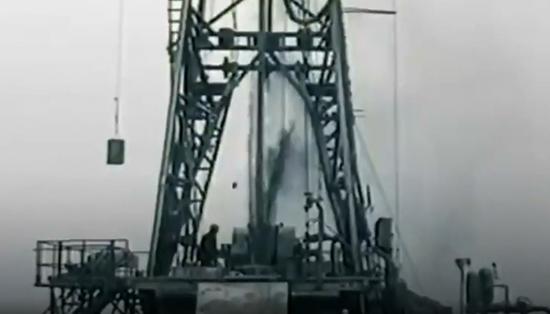By the time the People’s Republic of China was founded, the world had already entered the nuclear age.
In 1956, China published its first long-term plan for scientific and technological development. The report also detailed two specific, major projects: missile development and atomic research.
In April 1958, the construction of a missile launch base began in Jiuquan, Gansu Province.
The nuclear weapons experiment base was located in Lop Nur, Xinjiang.
At 3 pm on October 16, 1964, China exploded its first atomic bomb. The sound would reverberate across the world.
"Ignite!"
At 8:20 am, on June 17, 1967, China successfully tested its first hydrogen bomb.
At 9 am, on October 27, 1966, a nuclear-armed Dongfeng 2 was launched.
Nine minutes and 14 seconds later, at a distance 894 kilometers away from the launch site, the nuclear warhead exploded, 569 meters above its target in Lop Nur.
At 9:35 pm, on April 24, 1970, the satellite Dongfanghong 1 was launched into space carried by Long March 1 rocket.
"Detach!"
Under the leadership of the CPC, the bomb, missile and satellite program brought together people from a broad spectrum of industries and backgrounds. By pooling their expertise and working closely together, they overcame many difficulties and challenges. By doing so, they demonstrated the ability of socialism, by centralizing authority to work miracles.
The success of the bomb, missile, and satellite program strengthened China’s position on the international stage and guaranteed peace for the country and the world. It was a demonstration of the nation’s power and a symbol of its prosperity.











